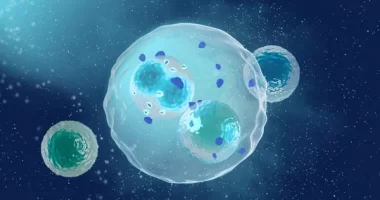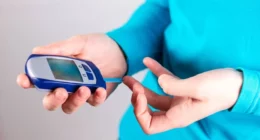Heart attack is one of the leading causes of mortality in the world. To reduce the damage done by heart attacks, researchers in Australia are trying to develop a drug using the venom of a deadly spider.
Heart diseases are the number one cause of mortality across the world, taking an estimated 17.9 million lives each year, as per the data by The World Health Organisation (WHO). Heart attacks and strokes account for more than four out of every five cardiovascular deaths. Moreover, a third of these deaths occur in people under the age of 70. When a person suffers from a heart attack, the blood flow to the heart is reduced, which results in a lack of oxygen to the heart muscle. The cell environment becomes acidic as a result, sending a message to the heart cells to die.
Reports suggest that no drug has been found that stops these death signals. However, a team of researchers are working on a potential drug made with spider venom to help heart attack victims.
Spider’s Venom To Treat Heart Attack Patients
Scientists in Australia, which is home to some of the world’s most dangerous critters, have discovered something new about spider venom that they believe may lead to a new class of medications to aid heart attack sufferers. The study is testing fennel-web spiders, considered one of the most dangerous spiders in the world. They have big, strong fangs that can pierce fingernails and delicate shoes.
Researchers from the University of Queensland and the Victor Chang Cardiac Research Institute in Sydney are developing a potential drug candidate derived from spider venom that blocks the heart’s “death signal,” which causes heart cells to die after a heart attack.
This Potential Treatment Could Be Life-Changing For Heart Attack Patients
According to the experts, there are no medications in clinical trials that can prevent the harm caused by heart attacks and this could be a life-changing discovery. According to a study published in the journal Circulation, the protein, known as Hi1a, was discovered in the venom of the Fraser Island funnel-web spider and could one day be used to treat donor hearts, allowing them to travel further distances and increasing the chances of a successful transplant, according to the researchers.
Researchers believe that this could also increase the number and quality of donor’s hearts, giving hope to those on the transplant waiting list. However, Australian heart research is still in its early phases. For the study, the researchers tested the drug candidate on beating human heart cells subjected to heart attack stress to see if it increased their survival, and they hope to start human clinical trials in the next two or three years.
Available Heart Attack Treatments
More heart tissue deteriorates or dies every minute after a heart attack. Quickly restoring blood flow helps to avoid heart injury. Treatment for those diagnosed with a heart attack can be complex. Common treatments available are:
- Angioplasty is a procedure in which special tubing containing a deflated balloon is threaded up the coronary arteries.
- An abnormal or sick heart valve is replaced with a healthy one in artificial heart valve surgery.
- Atherectomy is similar to angioplasty, but the catheter’s tip incorporates a spinning shaver that cuts away plaque from the artery.
- Bypass surgery clears blocked arteries in the heart, allowing blood to flow freely to the heart muscle.
- Cardiomyoplasty is an investigational operation that involves removing skeletal muscles from the back or abdomen of a patient.
- A damaged heart is removed and replaced with a healthy human heart that has been donated.
- Minimally invasive heart surgery (MIHS) is a less intrusive alternative to traditional bypass surgery.
- A catheter with an electrode at its tip is guided through the veins to the heart muscle, where it destroys carefully selected heart muscle cells in a very tiny area using radiofrequency ablation.
- A stent is a wire mesh tube that is used to prop an artery open during angioplasty.
- TMR (transmyocardial revascularization) is a procedure in which a laser is used to drill a series of holes into the heart’s pumping chamber from the outside.
Depending on your condition, your doctor will prescribe medications and appropriate treatment.
This post first appeared on The Health Site







